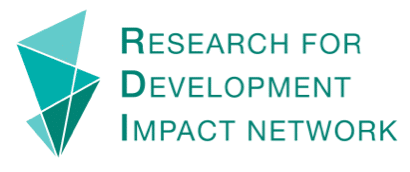To achieve effective action in international development, communication is necessary to reach policy makers and stakeholders. Translating research data into a format accessible to non-experts can be a challenging task, with many pitfalls to avoid. The linked literature outlines the key principles of research communication, whilst addressing the challenges and opportunities inherent within the process.
Here is a collection of our key takeaways
- Research communication is not a monolith. There is no “one-size-fits-all” approach to research communication. Addressing different stakeholders requires wildly different strategies to be undertaken. RCSG’s paper demonstrates this through 12 case studies, demonstrating the variety of approaches and strategies needed to effectively communicate.
- Research communication is not marketing. Although sharing similar goals, research communication should instead be perceived more as a form of translation. It should provide a clear, digestible outline of the topic at hand, with clear guidance on where to seek further information.
- Make use of knowledge intermediaries. Often it is difficult for those directly involved in research to adequately condense their findings into a digestible format. Knowledge intermediaries can assist in increasing accessibility, facilitating communication and identifying key targets.
- Research communication can be impeded by a variety of factors. Language, cultural norms, technology and cultural context can prove difficult barriers to overcome when developing communication. Careful consideration and stakeholder analysis must be undertaken for research communication to effectively reach its target audience.
- Monitoring and evaluation in research communication. It can be a difficult task to ascertain the effectiveness of communications efforts. Due to the complex nature of communication, and the numerous factors that contribute to change, it can be challenging to directly link outcomes to interventions. Whilst there are tools that assist in monitoring and evaluating, including logframe, they are not applicable to all situations, so they must be utilised with caution.
- Research communication and the media. Strong relationships between researchers and media organisations can aide in achieving impacts, with media organisations able to fulfill the role of knowledge intermediaries, conveying research to a wide audience. The internet provides another tool for disseminating data, particularly to the global south.
Links:
- Research communication: Insights from practice (90mins, PDF)
- 9 bad things you do (but know you shouldn’t) in research communications (5mins, blogpost)
- How to Present Your Research So That Stakeholders Take Notice and Take Action (5mins, blogpost)



